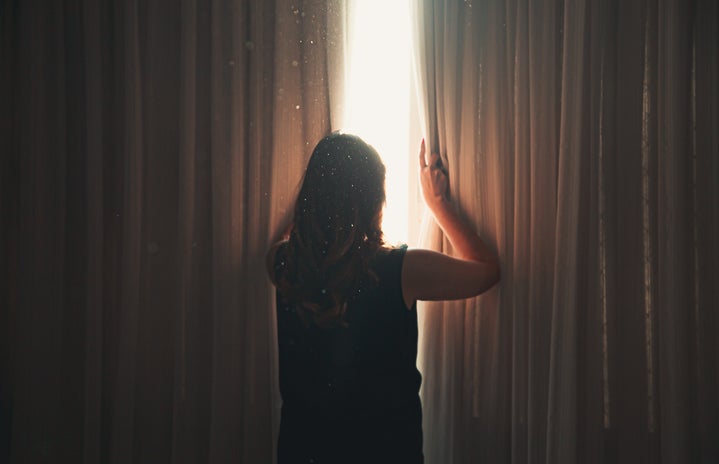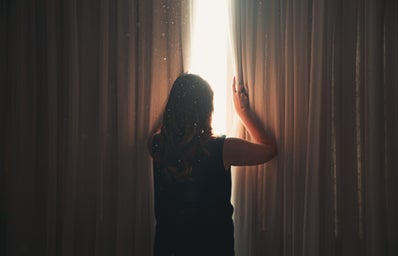Edited by Jasmine Ryu Won Kang
You have probably heard it too many times: “don’t forget your sunscreen!” I remember my mother slathering me up before spending any time outdoors or packing me with endless bottles before leaving for camp. It took a while to fall in love with, but I can finally say I am a daily sunscreen wearer, and you should be too. SPF stands for sun protection factor, which refers to the amount of time it takes for you to burn without anything on, multiplied by the SPF number listed on a tube of sunscreen. For example, consider a bottle of SPF 40, let’s say it takes 10 minutes for you to burn, 40 x 10 = 400. That is the number of minutes the sunscreen will protect you for if you apply that SPF.
An SPF protects against UV rays, also known as ultraviolet. UV is a light we don’t see with the naked eye and therefore, it is important to apply sunscreen on cloudy days and all year round. There are two types of UV rays, UVA and UVB. UVA is what causes aging and melanoma, whereas UVB causes sunburns and superficial skin cancer, such as basal cells and squamous cells. Although not all skin cancers are created equal, melanoma is one of the deadliest cancers and rates are increasing in young adults, especially women.
The ultimate goal is to prevent damage. There are two main types of sunscreen, physical/mineral blockers and chemical blockers.
Physical/mineral blockers contain zinc oxide and titanium dioxide which act like a physical barrier that blocks the light from penetrating your skin by reflecting it off. These ingredients block both UVA and UVB. Sunscreens containing zinc and titanium are less irritating for sensitive skin and because of this, many baby sunscreens are physical blockers. Physical blockers are also helpful because they have an “apply and go” theme to them; in contrast, oftentimes with chemical sunscreens, you should reapply throughout the day. However, as long as you don’t sweat or go for a swim during the time you are wearing your physical sunscreen, there is less of a need to re-apply.
Chemical blockers contain ingredients like avobenzone, oxybenzone, dioxybenzone, etc., and they act like a sponge by absorbing the light, converting it into heat then radiating it off your body so you do not absorb it. It is important to read the label on chemical sunscreen because you want something that is broad-spectrum (blocks UVA and UVB). Avobenzone only blocks for UVA, whereas oxybenzone and dioxybenzone block for both UVA and UVB. However, you will often find that several chemical sunscreens contain a combination of these ingredients. A benefit of chemical blockers is they tend to apply in a smooth elegant way and do not leave a white cast like physical blockers.
Regardless of which type of sunscreen you wear, make sure you find one you like enough to wear every day. An SPF of 30-50 is a good range to choose from and it is important that it is broad-spectrum. Furthermore, it is always a good idea to re-apply sunscreen after sweating or swimming when you plan to spend time outdoors because no sunscreen is water or sweatproof. The FDA recently changed the labelling from “waterproof” to “water-resistant” because no sunscreen can continue to be effective after time spent in the water or post-workout sweating.
Here are some of the sunscreens I am loving:
Supergoop! Glowscreen SPF 40
SkinCeuticals Physical Fusion UV Defense SPF 50
La Roche Posay Anthelios Ultra Fluid Face Lotion SPF 50+
Colorscience Sunforgettable Total Protection Brush-On Shield SPF 50
Supergoop! PLAY 100% Mineral Lotion SPF 50
References
Cancer.Net, https://www.cancer.net/cancer-types/melanoma/statistics
Shereene Idriss Sunscreens 101, YouTube
Today’s Parent, https://dermonbloor.com/wp-content/uploads/2018/09/Dr-Sonya-Abdulla-Can-…


